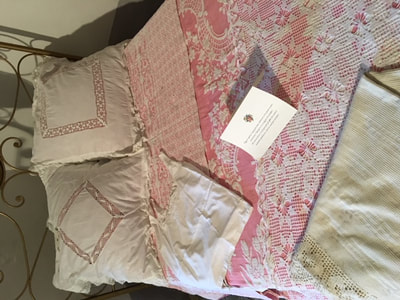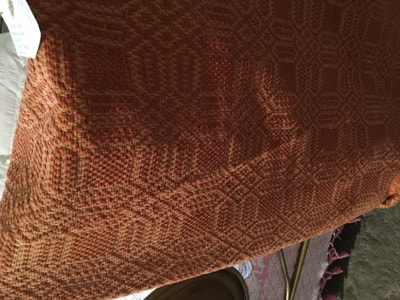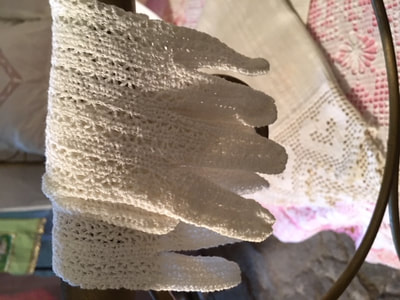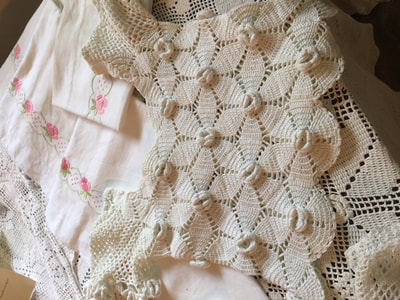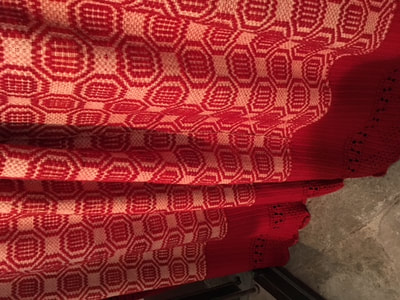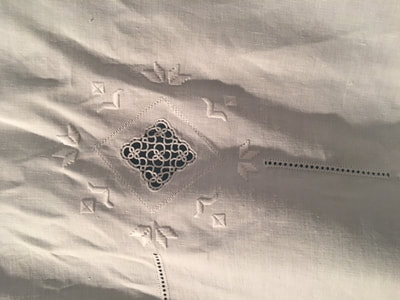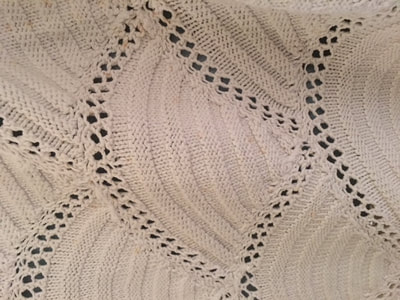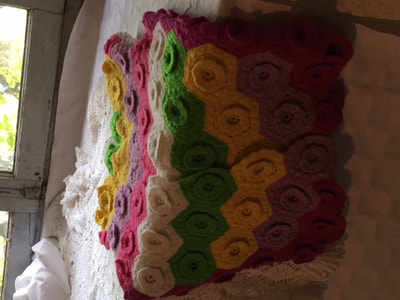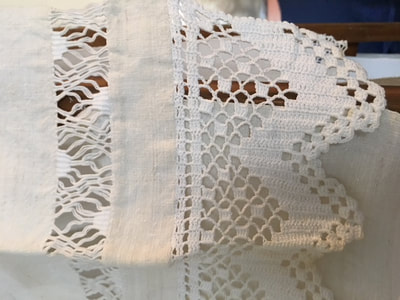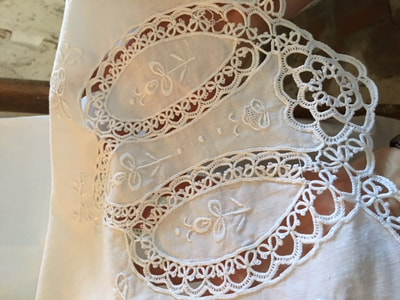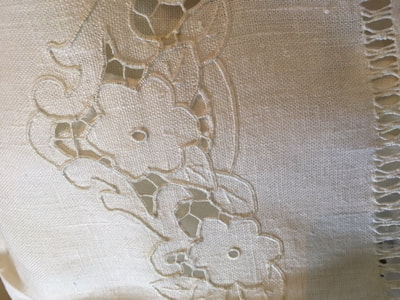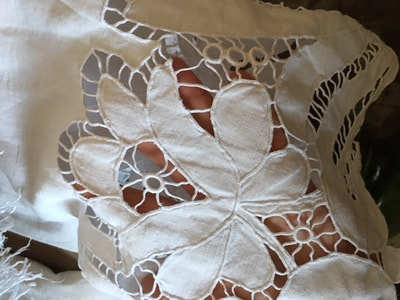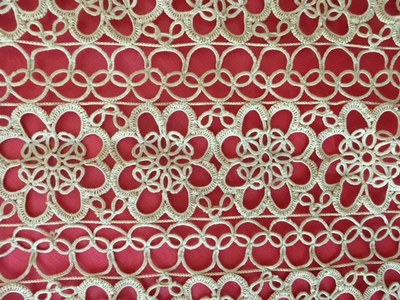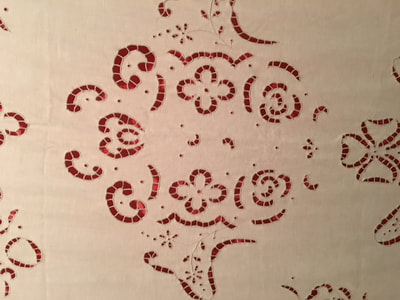|
When I'm at woolly events, I always find myself thinking about the value of things which are have traditionally been classed as 'women's work'. Several encounters this summer have brought this closer to home. We spent a good chunk of Italy in Barga, in the north of Tuscany. Not the Tuscany of a million postcardss: the chianti-shire rolling hills and olive groves with roads flanked by rows of dark cypress trees, but instead a mountainous landscape cloaked in chestnut and pines, where the traditional foods are wild funghi, castagne, mirtilli, lepre and cinghiale. Barga badges itself as 'the most Scottish town in Italy, and is home to a fish and chip festival each summer. My in-laws - particularly my late mother-in-law, Bianca, and sisters-in-law, Anna and Letizia and cousin-in-law Roberta are skilled in a number of textile-based crafts. I will never forget getting my hands slapped by Bianca before I was patiently shown how to both crochet and knit 'the right way' I think that Italians always have 'the right way' to do things. And they are, generally, right. I spotted a leaflet for an exhibition subtitled 'Lavori di donne antiche e moderne in mostra' and persuaded Anna to come along with me for essential translation purposes - and also because I knew that she would be able to explain exactly what I was looking at: Many of the items that I saw looked familiar. So Italian. We have a cottage full of bits and pieces of trimmings, wee cloths and so on all in this similar starched white fresh Italian white cotton or linen. Picked up at markets... It has just become part of how we live.
A lot of the pieces were designed for 'bottom drawers' and for special gifts. Some of the items on show were made on a massive scale in tiny stitches - lovingly crafted by women working Without Electric Light. My eyes hurt just thinking about it. And every time I asked a question - and people who know me will testify that I ask a LOT of questions - there was a women on hand to show me exactly how things had been made and stitched. Threading needles and showing me how to do it; explaining the Italian name for each technique. The curator of the exhibition was a Australian Italian. and was passionate about two things: preserving and highlighting this highly skilled work; and trying to encourage a new generation. Young women who might want to learn these skills. There were local workshops and 'new hands' were able to learn from older ones. A living tradition as it should be. Such a rich heritage to risk losing it. Comments are closed.
|
Archives
January 2024
Categories |
Proudly powered by Weebly

